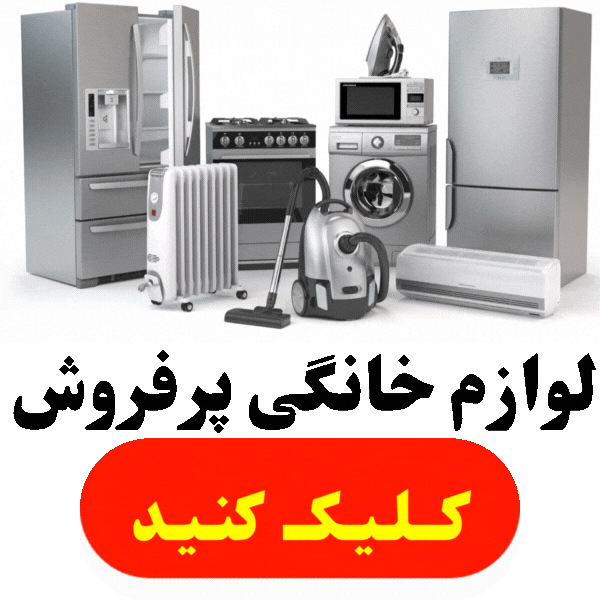Grand Forks to send some of its coronavirus aid to school district
City Council members voted unanimously on Monday to spend $3.62 million worth of federal funding on backfilling COVID-related expenses -- cleaning supplies, overtime for health and public safety workers and so on -- and financially preparing to pay for additional Grand Forks Public Health staff, among several other line items. The city received that money from the $2.2 trillion Coronavirus Aid, Relief and Economic Security Act via North Dakota’s Emergency Commission, which has doled out virtually all of the $1.25 billion it received under the act.
The city is set to send $221,000 of that aid to the school district, assuming the plan passes administrative muster. It would help cover the district’s tab for the 18 people it hired to staff “isolation rooms” at each school for students who show signs of the virus.
Finance staff at the school district expect the virus will mean $3.87 million worth of new expenses -- cleaning supplies, new teachers to handle distance learning, a loss of state funding as a few dozen students opt to be home-schooled foremost among them -- offset by $2.1 million from the state’s share of the CARES act cash, which leaves a $1.77 million budget gap this school year.

listen live
watch live

The money from the city would narrow that gap a modest amount, and district staff expect they’ll receive between $700,000 and $800,000 in supplemental COVID aid from the North Dakota Legislature this spring. If both of those come to pass, it would still mean a $749,000 deficit.
But that figure could drop to about $495,000 if or when the city gets another cash infusion from the state because city leaders could opt to pay Grand Forks Public Schools another $254,000 to cover the remainder of the district’s estimated cost to staff its isolation rooms.
If the next round of COVID aid doesn’t leave that much money up for grabs, city staff may recommend dipping into $298,000 worth of CARES Act funding for the city’s Community Development Block Grant program to make up the remainder. That money subsidizes renovation projects and programming for low- and moderate-income Grand Forks residents.
“It’s kind of an and/or strategy,” City Administrator Todd Feland told the Herald. “We may look to CDBG, and we might do a combination of the two.”
Regardless of the exact financial path, Council Vice President Jeannie Mock worried on Monday that the city might be overstepping its bounds by subsidizing another government’s costs, and whether that subsidy might end up being made redundant by future rounds of COVID aid.
“The city doesn’t really fund the school district,” she told the Herald. “Is it appropriate for us to fill the gaps for the school? Because that’s not typically the city’s role.”
Council President Dana Sande said he liked Mock’s line of thinking, but worried that a lack of COVID funding might mean students are forced to learn remotely and, in turn, that parents have to choose between staying home with them or heading to work themselves.
“For me, this is an economic development issue,” Sande said. “We’ve got to figure out a way to keep the kids in schools.”
tinyurlis.gdu.nuclck.ruulvis.netshrtco.de

